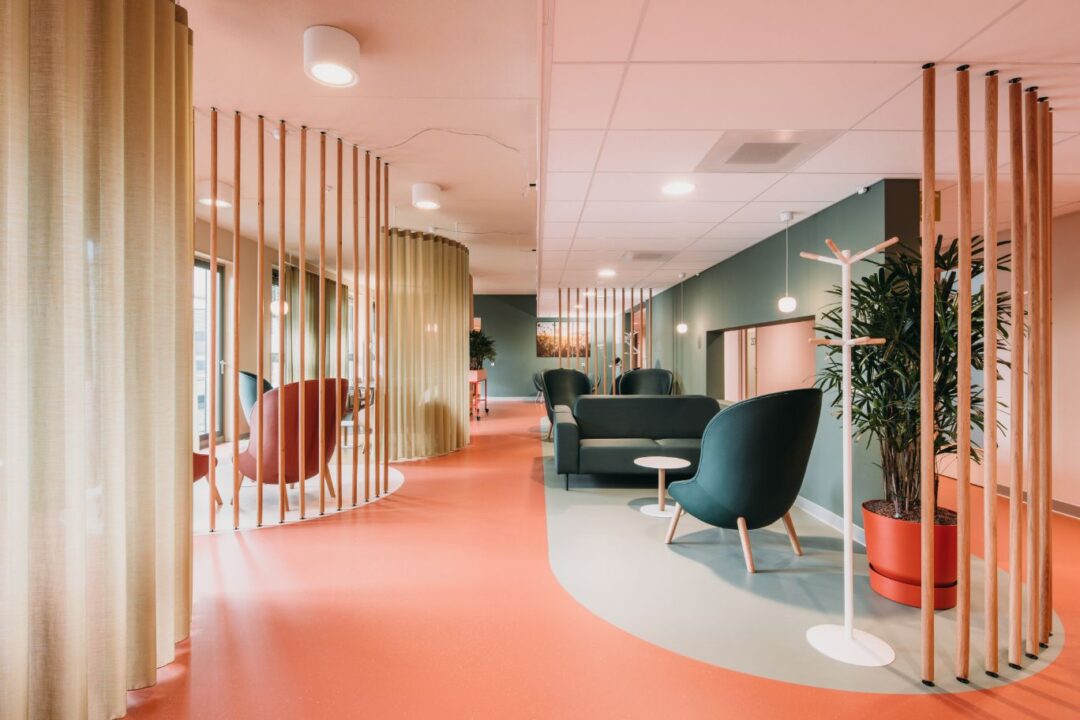
There are many different types of flooring in the world. Even within rubber flooring, there arex differences. That is why it is difficult to describe rubber flooring as one. Nevertheless, we try to answer the question “What is rubber flooring? In doing so, we do focus on rubber flooring as we believe it should be the norm.
The rubber floor ‘Ndurance’ is a biopolymer based rubber flooring which is not only good for you, but also nature. Providing a flexible feeling and comfortable floor covering.
Ndurance is a strong, tough and sturdy liquid applied floorcovering made with vegetable oil, pigments and post-consumer recycled content. Ndurance contains no plasticizers and stays flexible overtime.
Our rubber flooring is made of vegetable oil, pigments and contains recycled content.
It’s a high quality sustainable material that’s not only serving you with excellent properties, but also the globe. Rubber floors are recyclable and biodegradable.
Rubber floors are an excellent option for commercial and industrial applications such as warehouses, factories, hospitals, hotels, schools and universities because they offer superior durability which means they can withstand heavy foot traffic without wearing down as easily as other types of flooring such as carpet or hardwood floors. This type of flooring has also been shown to reduce noise levels.
NDURANCE is RED LIST FREE and LEED and BREEAM certified.
Red List Building Materials contain chemicals that have been designated as harmful to living creatures, including humans, or the environment. The Living Building Challenge Red List is maintained by the International Living Future Institute, and is the only organization that uses the term ‘Red List’.
LEED is a rating system of USGBC, widely known as one of the most used green building rating system. To achieve a LEED certification, a project earns points by adhering to prerequisites and credits that address carbon, energy, water, waste, transportation, materials, health and indoor environmental quality.
BREEAM has been the certification method for a sustainably built environment since 2009. This method allows projects to be assessed for integral sustainability.